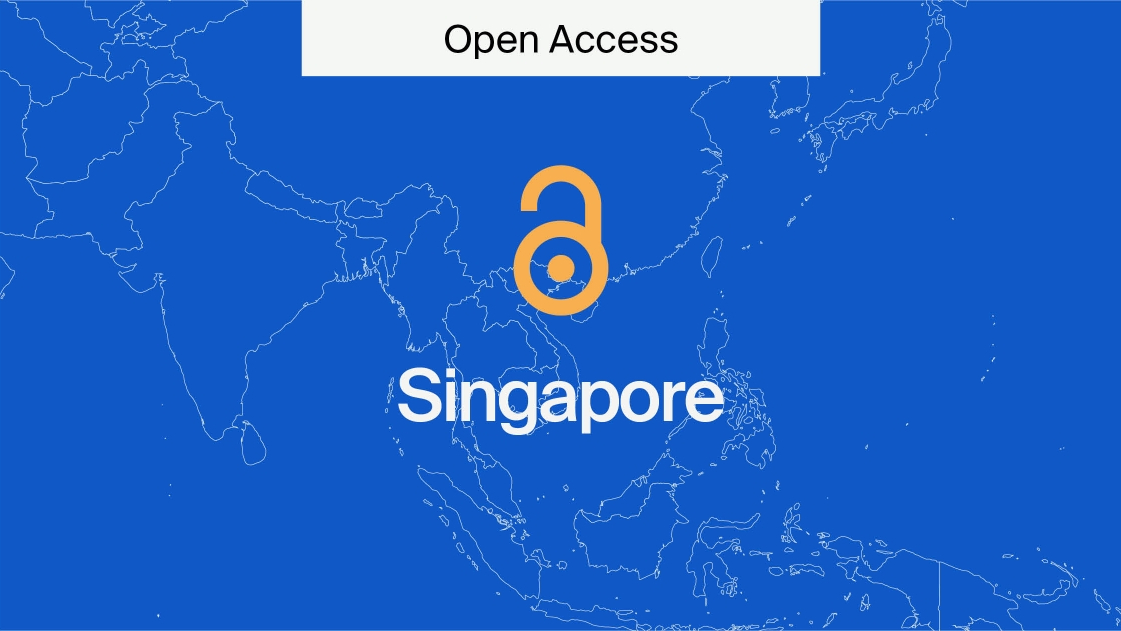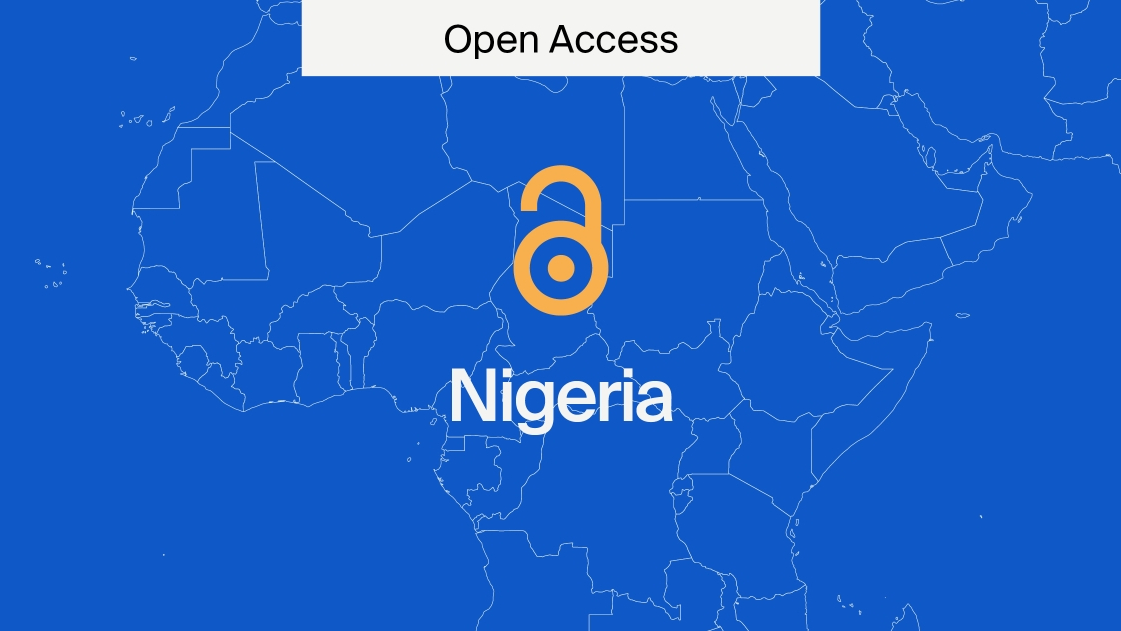
Let’s Talk about Open Access… An Editorial Written for UKSG
In the latest blog post from MDPI, Aimee Nixon shares highlights from an editorial written for UKSG, underling the importance of open access (OA) publishers sharing more about their workflows and the positive impact of OA on author services.
The acceleration of OA is having a significant impact not just on publishing business models, but also on how research outputs are curated, disseminated and consumed. Most notably, the shift to OA is transforming publishing from a product to a service focused industry. So called ‘native’ OA publishers, such as MDPI – now the 4th largest academic publisher globally in terms of annual published articles – are leading the way in service innovation, focusing on providing the best possible services for their authors. In this editorial MDPI seek to address some of the challenges and highlight the need for OA publishers to share more about their ways of working, and for the industry as a whole to have an open dialogue about innovation in author services and what this means for scholarly communications.
Read the editorial directly on UKSG.
Below are excerpts from the UKSG editorial highlighting some of the often-misunderstood elements of OA.
The author focussed OA model and its relationship with rejection rates.
The OA model has no limits when it comes to page counts, and therefore is not constrained to publish only the top 10 or 20% of papers. This means that OA publishers never have to reject submissions on the grounds of lack of space, but purely on the grounds of the quality of the work submitted, offering the possibility of making available a significant body of work that might otherwise have gone unpublished.
The Special Issue model.
The work published by MDPI, for example, may fairly be described as topic- and project-based rather than exclusively journal-based. Special Issues and Topic collections permit wide-ranging discussion of specific subjects and have the potential to focus attention on those subjects more clearly than if the content had to fight for space within a periodically published journal. Research published in Special Issues is more visible and discoverable, and benefits from connection to a network of researchers who are all interested in a specific topic.
The dynamic of communication between publishers and authors.
Under the OA model, publishers are increasingly promoting their ‘services’ alongside their products. For an OA publisher, one of the main objectives of marketing is to encourage authors to submit manuscripts to their journals, usually in the form of calls for papers. . Like all digital businesses, MDPI makes use of email to identify and communicate with customers
A misconception about OA publishing is that it should be free.
The APC model offers a much more transparent business model. Many OA publishers provide much greater transparency on their costs at an article level, supported by industry initiatives such as the Fair Open Access Alliance.










